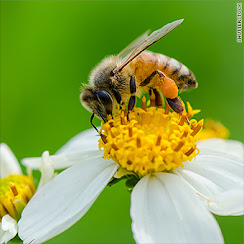flower Structure
STRUCTURE OF FLOWER
Flowers
are colorful things on earth. Flowers are one of the beautiful gifts given by
the nature. Flowers enhance the beauty of the nature. When we see the flowers our eyes become calm and when we smell it our mind become activate and feel
free. No one is in the earth who are not attracted by the flowers. So these flowers are very important in our
daily life.
We are using flowers in our day today life for decoration, worshipping god, medicine and essential oil extraction for perfumery agents .

In biological way these flowers are the reproductive structures in plants especially in angiosperms. In plant where the flower occurs are called inflorescence. The flowers are colorful and aromatic in nature because to attract the flays, bees and birds etc., for the pollination. Usually the flowers are different in size , shapes and color.
In
botanical way in some families flowers are unisexual like male flowers and
female flowers, but most of the families are bisexual. Below we see the
structural organization of the flower
The
flower can be divided in to two parts one is vegetative part like petiole,
petals and sepals, this is also called
perianth and the reproductive parts like
androecium and gynoecium . these are arranged in different whorls or layers
The
perianth is the outer most protective and attractive layer. Some times the
perianth we can not differentiate because the petals and sepals are in same color
and same types of arrangement, it can be
seen in monocot plants but in dicot plants petals and sepals are different in
color and we can be easily differentiated.
Calyx
Calyx commonly called sepals and it is the outer most layer of the perianth, it is small compare to petals and usually green in color. It protect the flower bud before it opens. The calyx may be fused called gamosepalous or separate called polysepalous. In some family the calyx are modified in to hairy structure called pappus.
 |
| gamosepalous flower bud |
 |
| pappus |
Corolla
 |
| polypetalous flower |
Corolla is also called as petals and it is the second layer or whorl of perianth. Petals are usually large and distinctive and appears in different colors. some of the flowers produces unice aroma or scent because of the presence of essential oil for example flowers like lavender, rose tuberose jasmine etc., This color and aroma will attract the insects and helps for the pollination. This corolla may be polypetalous or gamopetalous.
 |
| gamopetalous flower |
Androecium
is the third whorl and consist of stamens or microsporophylls. stamens are consist of three parts they are
anther, filaments and connective. The anther have anther lobes in this lobes pollen sacs or microsporangia
are present where pollen grains or microspores
are produces.
Gynoecium
 |
| structure of gynoecium with ovary |












Comments
Post a Comment